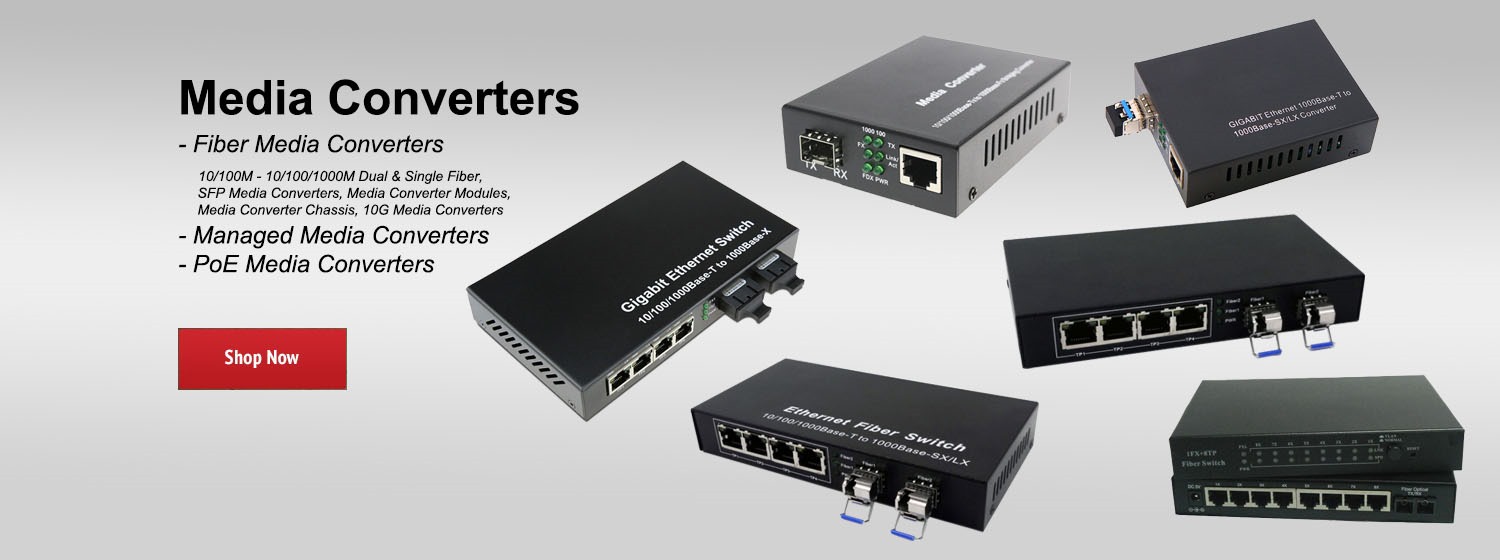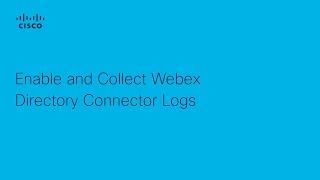Subscribe to our YouTube channel to stay up to date on all of our world-class products and exciting updates: https://goo.gl/YhZF9h
Today, legacy approaches to portfolio management no longer work—especially when your company is trying to survive disruption. Learn how to apply agile and lean practices to portfolio management in order to increase ROI, decrease time to market, and deliver what your customers want. For more information, visit: http://cainc.to/Lw7fmZ
Today, legacy approaches to portfolio management no longer work—especially when your company is trying to survive disruption. That’s because these approaches tie budgets to a fixed (and large) scope, require heavy upfront planning, and focus on resource management instead of value delivery.
The result? Software comes too late and does too little, leaving customers dissatisfied.
To keep up with the pace of change today, you need to adapt both your process and your mindset.
And that means becoming agile. Specifically, apply agile and lean practices to portfolio management and you’ll increase ROI, decrease time to market, and deliver what your customers want.
It all starts by changing your planning approach to encourage the flow of incomplete data and “roughly right” plans to stable delivery groups.
As the famous economist John Maynard Keynes once said, “It is better to be roughly right than precisely wrong.”
These roughly right plans become good enough when you adopt continuous planning. As teams deliver incremental value in short cycles, you increase your ability to inspect and adapt. So you can keep learning and adjusting your investments accordingly in a regular cadence.
With continuous planning, success is no longer measured by adherence to cost and schedule. Instead, you constantly optimize your software investment to focus on the highest-value initiatives. You improve focus and flow efficiency—which is your ability to deliver quality products quickly—by aggressively limiting the amount of work-in-process. You fund fewer initiatives.
When you’re supported by the right tools, you have the visibility you need to understand supply, demand, throughput and value. So you can de-invest in the wrong strategies and double down on the right ones.
Keeping pace with innovation means being ready to quickly adapt to change. When you’re agile, you’re ready to bridge strategy and delivery so you can always get the most from your software investment.
Today, legacy approaches to portfolio management no longer work—especially when your company is trying to survive disruption. Learn how to apply agile and lean practices to portfolio management in order to increase ROI, decrease time to market, and deliver what your customers want. For more information, visit: http://cainc.to/Lw7fmZ
Today, legacy approaches to portfolio management no longer work—especially when your company is trying to survive disruption. That’s because these approaches tie budgets to a fixed (and large) scope, require heavy upfront planning, and focus on resource management instead of value delivery.
The result? Software comes too late and does too little, leaving customers dissatisfied.
To keep up with the pace of change today, you need to adapt both your process and your mindset.
And that means becoming agile. Specifically, apply agile and lean practices to portfolio management and you’ll increase ROI, decrease time to market, and deliver what your customers want.
It all starts by changing your planning approach to encourage the flow of incomplete data and “roughly right” plans to stable delivery groups.
As the famous economist John Maynard Keynes once said, “It is better to be roughly right than precisely wrong.”
These roughly right plans become good enough when you adopt continuous planning. As teams deliver incremental value in short cycles, you increase your ability to inspect and adapt. So you can keep learning and adjusting your investments accordingly in a regular cadence.
With continuous planning, success is no longer measured by adherence to cost and schedule. Instead, you constantly optimize your software investment to focus on the highest-value initiatives. You improve focus and flow efficiency—which is your ability to deliver quality products quickly—by aggressively limiting the amount of work-in-process. You fund fewer initiatives.
When you’re supported by the right tools, you have the visibility you need to understand supply, demand, throughput and value. So you can de-invest in the wrong strategies and double down on the right ones.
Keeping pace with innovation means being ready to quickly adapt to change. When you’re agile, you’re ready to bridge strategy and delivery so you can always get the most from your software investment.
- Category
- Broadcom
Be the first to comment







